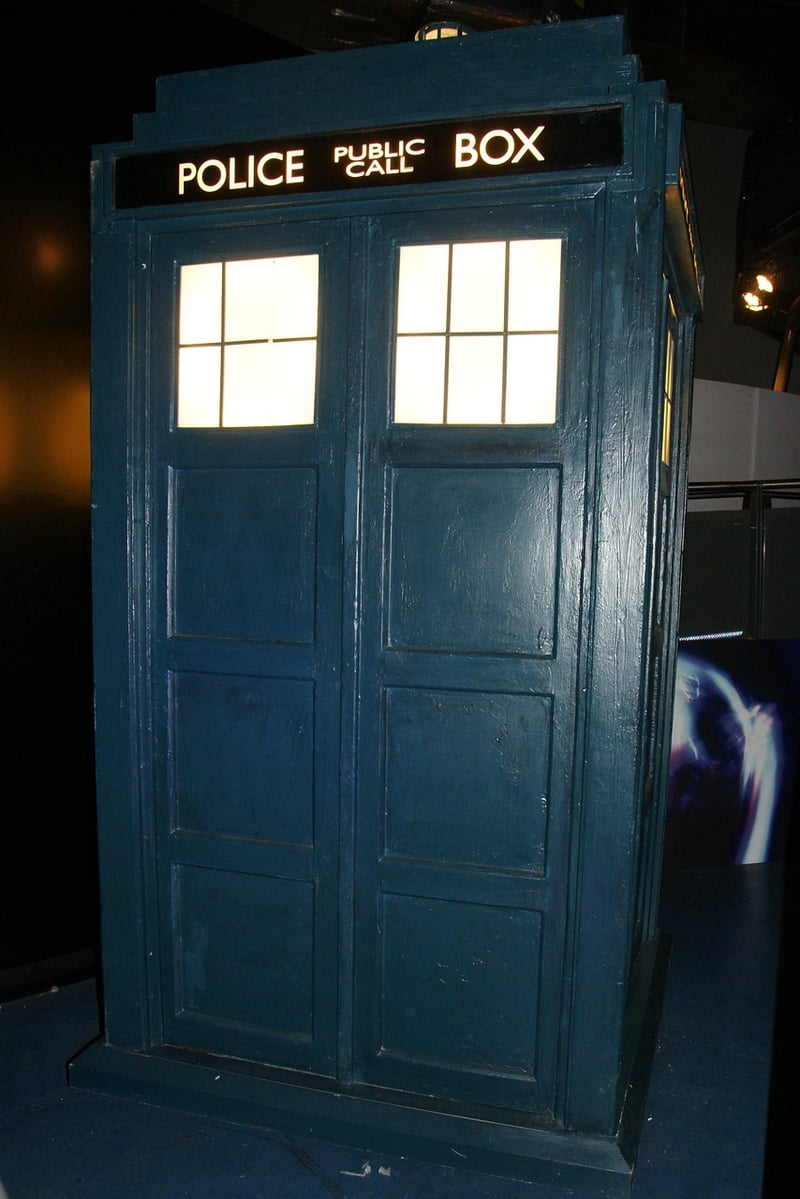Temporal Vehicles
Exploring Time Travel: Methods and Temporal Vehicles
Introduction
Time travel has been a fascinating concept in science fiction for decades, capturing the imagination of many. In this article, we will delve into the various methods of time travel and explore the concept of temporal vehicles that could potentially make time travel a reality.
Methods of Time Travel
There are several theories and concepts proposed by scientists and writers that could allow for time travel:
1. Wormholes
Wormholes are hypothetical tunnels in spacetime that could create shortcuts for long journeys across the universe and possibly even through time. Traveling through a wormhole could potentially allow for time travel to the past or future.

2. Time Dilation
According to Einstein's theory of relativity, time dilation occurs when an object is moving at speeds approaching the speed of light. This phenomenon could theoretically allow for time travel into the future by traveling at such high speeds.
3. Black Holes
Black holes are regions in spacetime where gravity is so strong that nothing, not even light, can escape. Some theories suggest that black holes could be used as portals for time travel, either to the past or future.

Temporal Vehicles
Temporal vehicles are hypothetical machines or devices that could enable humans to physically travel through time. While these vehicles are purely speculative at this point, they are a common theme in science fiction:
1. Time Machine
Perhaps the most iconic temporal vehicle, the time machine is a device that allows for precise control over time travel. Popularized by H.G. Wells' novel "The Time Machine," this concept has been a staple in time travel fiction.
2. TARDIS
Featured in the long-running TV series "Doctor Who," the TARDIS is a time machine disguised as a British police box. It is much larger on the inside and can travel to any point in time and space.

3. Flux Capacitor
From the "Back to the Future" film series, the flux capacitor is a key component of the DeLorean time machine. By generating the 1.21 gigawatts of power required, the flux capacitor allows for time travel at the speed of 88 miles per hour.
Conclusion
While time travel remains a theoretical concept with many unanswered questions, exploring the various methods and temporal vehicles associated with it sparks the imagination and curiosity of many. Whether through wormholes, black holes, or iconic time machines, the idea of traveling through time continues to captivate audiences worldwide.
